In a recent discussion, a reader suggested that High Fidelity might become a worthwhile replacement for OpenSim.

The same had been said before, about Blue Mars, and about Cloud Party — both of which are now gone.
But it made me think. What features would a platform have to have in order to make me consider switching away from OpenSim?
Now, I’m not a typical OpenSim user. I run a hyperport, so hypergrid connectivity is more important for me than most people. I also use OpenSim for meetings with other entrepreneurs and with my company partners and employees, as well as a little bit for creative building.
According to a poll I did a year ago about how people use OpenSim, the majority of people used it for creative self-expression, followed by socializing, creating products for sale, role-playing, training and simulations, virtual meetings, and, finally, professional networking.
So the following list, while primarily reflecting my own needs, will also include some of these other aspects of OpenSim.
A platform doesn’t have to have all ten features in order for me to make a switch, but the more of these it has, the more likely I am to consider it.
1. In-world content creation
I like buying a nice mesh jacket or skirt now and then — who doesn’t? But I’m not about to become a 3D modeler. I love having relatively easy-to-use in-world tools that allow me to create my own virtual environment.
If I need a special shape, I can always buy a sculptie or mesh or download one from Linda Kellie.
In-world building tools are also great for schools, who can have students use them to learn geometry and 3D design and teamwork.
So easy in-world building tools are an absolute must.
More than that, to get me to switch, these in-world building tools should be easier to use than what we currently have, and compatible with immersive headsets like the Oculus Rift.
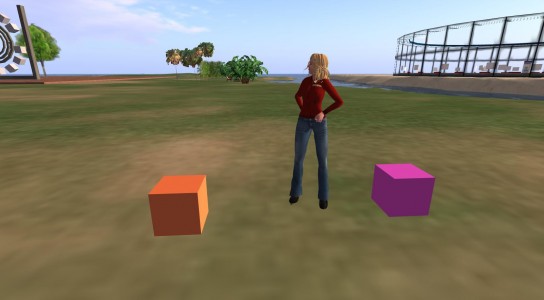
2. Customizable avatars
One of the reason I hate visiting closed grids is that I have to create a brand-new avatar each time. And, until I upload my own custom skins, hair, and shape, the avatar just doesn’t look like me.
I feel like an impostor.
The more I can tailor my avatar to look the way I want it to look, the more closely I identify with that avatar, and the more immersed I feel in the environment.
Platforms that force me to choose from a limited collection of looks just don’t do it for me.
To get me to switch, avatars should reflect who I am better than what we’ve got now. Some ways it could be improved include facial expressions and hand gestures that reflect my actual ones.
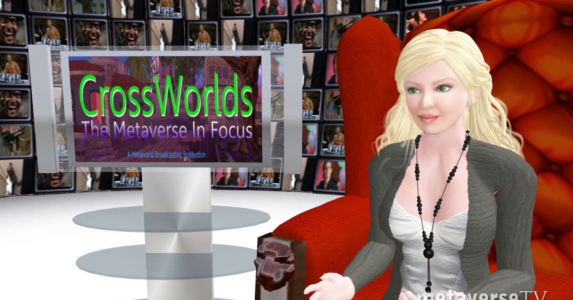
3. Low prices
My company doesn’t exactly have big budgets to throw around for virtual worlds. I don’t mind paying a little more for a virtual meeting space than I do for a Website, but not much more.
For personal building, I expect prices to be even lower.
Low prices have another benefit, as well. They allow schools and non-profits and artists and roleplaying groups and individual builders to create new destinations.
That increases the value of the platform for everybody.
4. Multiple vendor support
I’m always wary of a platform that you can only get from one vendor. If that vendor goes, so does the whole shebang.
Plus, if you have a problem with the vendor, you can’t just switch everything over to their competitor.
For example, I host my website with Dreamhost. They’re pretty good, but sometimes they have their issues. If their problems ever get bad enough, I know that I can download my entire website and upload it again with another hosting company. I wouldn’t even have to change my domain name.
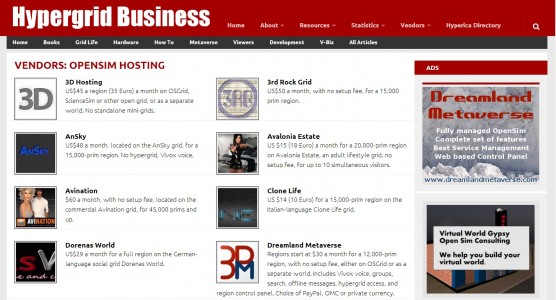
It’s not that I’m opposed, on principle, to using closed platforms. I have a page on Facebook, I use Twitter, I have an avatar on Second Life.
But I’m extremely reluctant to make a big investment in a closed platform. Take, for example, Facebook. If the platform goes the way of MySpace, I lose all my posts, my photos, and all the social connections that had built up over time.
5. Open source software
There are many benefits to open source software. The main one is the ability to customize the software to meet your own needs. Open source licenses also frequently result in lower prices for the software, as well as multi-vendor support.
The two are not necessarily linked, of course.
There are many open source projects that don’t have multi-vendor support. Even in the virtual environment arena, Open Wonderland, Open Qwaq, and Vastpark have little vendor support outside their core backers.
Meanwhile, some proprietary projects do have multi-vendor support. Take, for example, Word documents. You can edit them with Microsoft Word, or with OpenOffice and LibreOffice. Even Google Docs will allow users to save documents in Word format.
6. Content marketplace
Most virtual environment platform allow the import of mesh content.
But uploading a mesh object is just the beginning of having usable content. Objects need to be optimized for a particular environment, properly rigged and textured, and, of course, scripted. That can involve a lot of manual work, or expensive custom development.
A content marketplace that makes it easy to buy content for a virtual environment can dramatically reduce the time and cost it takes to create a build.
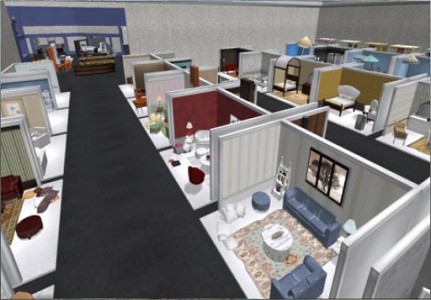
7. Hypergrid connectivity
This one is pretty important to me. Without hypergrid connectivity, or some equivalent, then my office has to be located in the same world as everyone else’s. Either that, or I’ll be alone in my own little private build.
I very much enjoy the freedom and control from having my own virtual world. And I also enjoy the ability to visit stores and event venues on other grids, and to have friends come visit me from other worlds.
If another platform had hypergrid connectivity, on top of the other features in this list, I would consider switching.

8. Browser-based viewer
Cloud Party proved that we could have a virtual world built on top of HTML 5 that runs in a browser, no download required.
It means that sending someone to a virtual space is as simple as having them click on a URL.
The fewer obstacles there are to getting in-world, the easier it is for everyone to use.

9. Easier user interface
Right now, interacting with objects in Second Life and OpenSim isn’t the easiest thing ever. Moving a cameras around is tricky. All the menus and settings are super complicated.
I’ve been using the platform almost daily for five years, and I’m still getting lost in the menus.
10. A big marketing budget
I remember the days of AOL, where you couldn’t leave a store, get your mail, or open a box of cereal without getting an AOL disk.
Linden Lab, by comparison, seemed to rely completely on media hype for its marketing, and media hype is a two-edged sword. It focuses on sex and violence, and moves on quickly to the next big thing because it’s always in search of something new.
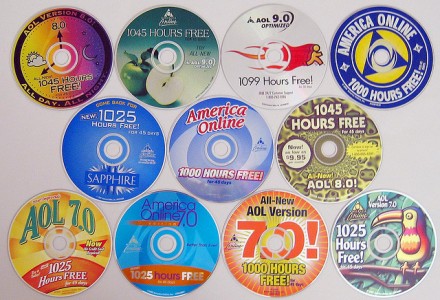
AOL spent over $300 million on sending out all those disks and CDs, at a time when getting online was difficult, expensive, and required special equipment. Imagine what that kind of marketing budget could do for a virtual world platform.
- OSgrid back online after extended maintenance - April 16, 2025
- Analysts predict drop in headset sales this year - March 25, 2025
- OSgrid enters immediate long-term maintenance - March 5, 2025
